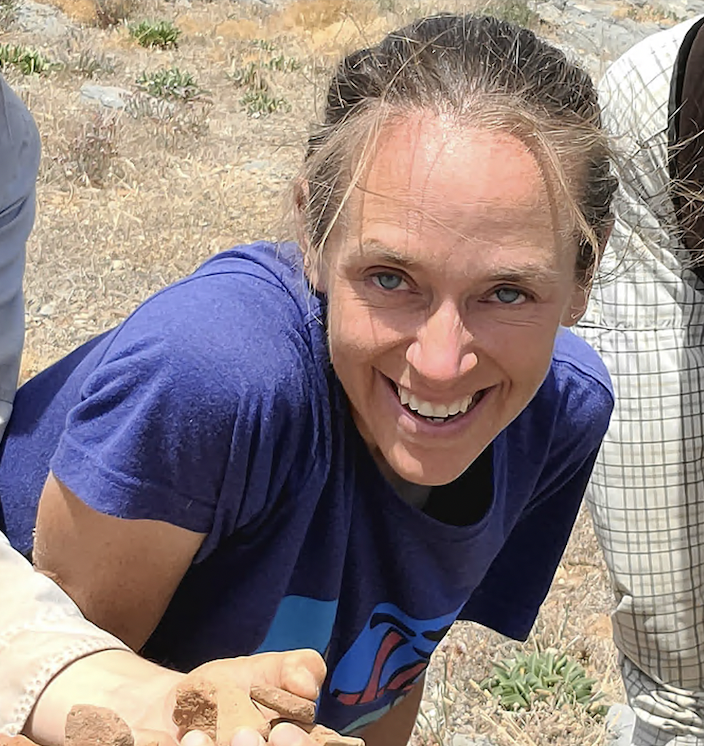Written by guest blogger Sarah Murray.
Each summer, millions of tourists descend upon Eleftherios Venizelos International Airport near Athens. From there, the vast majority dissipate outwards towards rocky, sun-drenched Cycladic islands or into the monument-strewn, chaotic centre of the Greek capital. Few give much thought to the large, forested bay of Porto Rafti that zooms past their window during the approach, and even fewer still will ever visit the area. Porto Rafti, like many coastal towns near Athens, primarily serves Athenians seeking a break from the city at weekends rather than international tourists. But it turns out that Athenian beachgoers require no fewer concessions than foreign ones. Thus, Porto Rafti’s shores have been gradually built up in a many-tentacled concrete web of weekend homes, tavernas, supermarkets, and bars.
The area is not known as an important point on the map for Greece’s rich cultural heritage, and few would guess that a dense tapestry of evidence for ancient human occupation lurks beyond the curtain of construction that obscures most of this coastal landscape. But sometimes looks can be deceiving. In fact, several important archaeological sites are hidden in plain sight around the few undeveloped pockets of land on Porto Rafti’s islands and peninsulas.
Since 2019, I have been working with an international team of archaeologists to record these endangered archaeological sites before they too are swallowed up by urban infrastructure. While most people think of archaeology as a process that involves digging (or ‘excavating’, to use the professional parlance), our work makes use of a method known as surface survey, which refers to the practice of systematically observing, recording, and analyzing archaeological material that is visible on the ground, without any digging necessary. Because archaeologists in Greece have studied such material very carefully for many decades, we can precisely date it, and even assign it to an artifact type (for example, determining whether it was part of a cup for drinking or a pot for cooking). Thus, merely looking at objects on the surface provides many conclusions about the nature of past activity in any given spot.
Indeed, the team’s discoveries in Porto Rafti have been surprisingly large in number and diverse in type, ranging from the distant Palaeolithic to the relatively recent Early Modern period. From these finds, we are in the process of creating a whole new and comprehensive history of the region. Our preliminary results have already appeared in two long papers published in the UTP journal Mouseion, and we are now working on compiling a final book-length publication of the survey results. The positive results of the project should strongly encourage archaeologists to pay closer attention to the potential of conducting fieldwork in coastal resort areas. Although development often makes such areas look unpromising as sources of new information about the past, our findings indicate that such superficial assessments are not always accurate, and that it remains possible to claw back some cultural heritage back from the brink of coastal sprawl.
SARAH MURRAY is Associate Professor of Classics at the University of Toronto. She is the co-director of the Bays of East Attica Regional Survey Project (BEARS).
is Associate Professor of Classics at the University of Toronto. She is the co-director of the Bays of East Attica Regional Survey Project (BEARS).
Comments on this entry are closed.